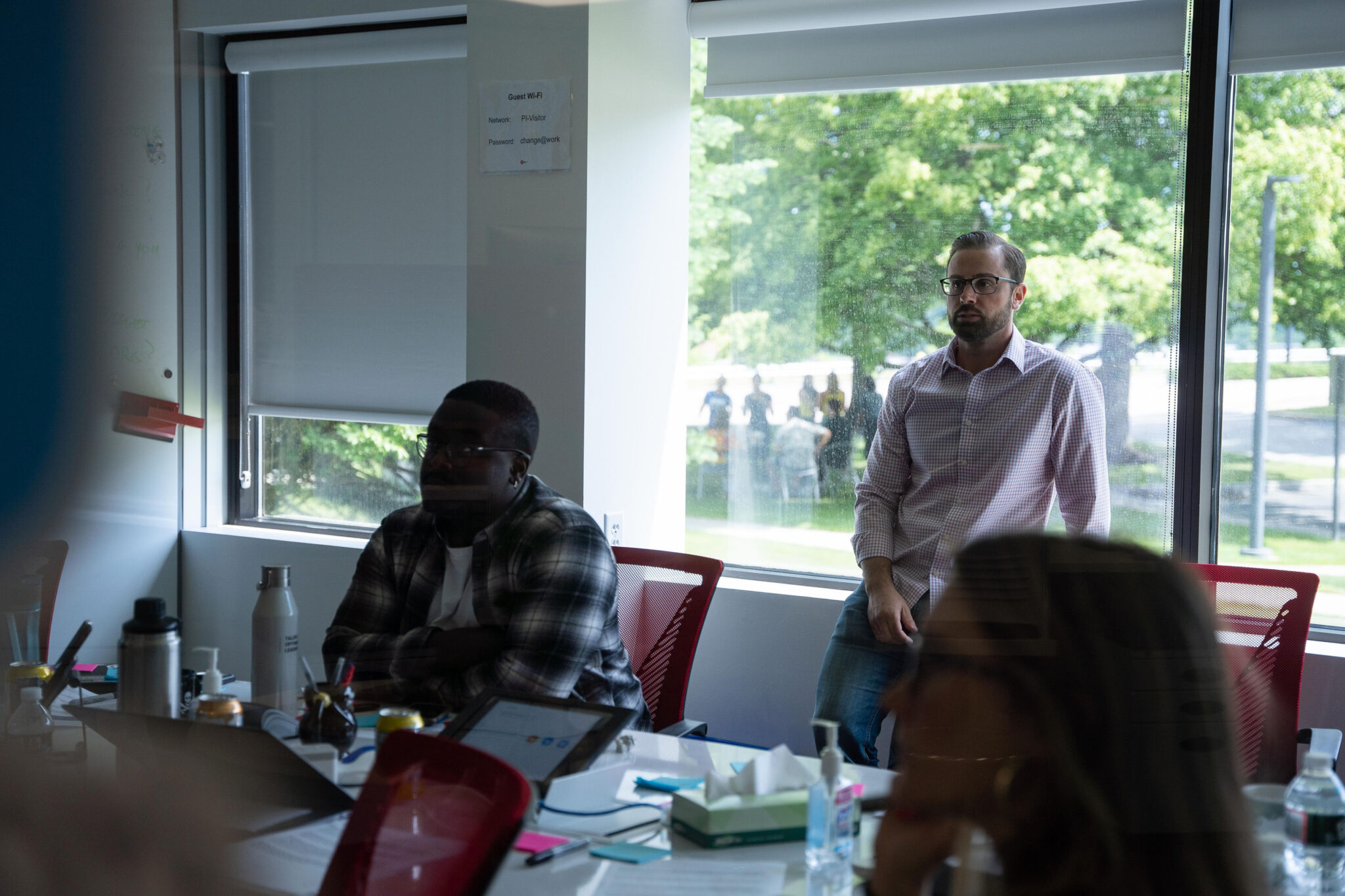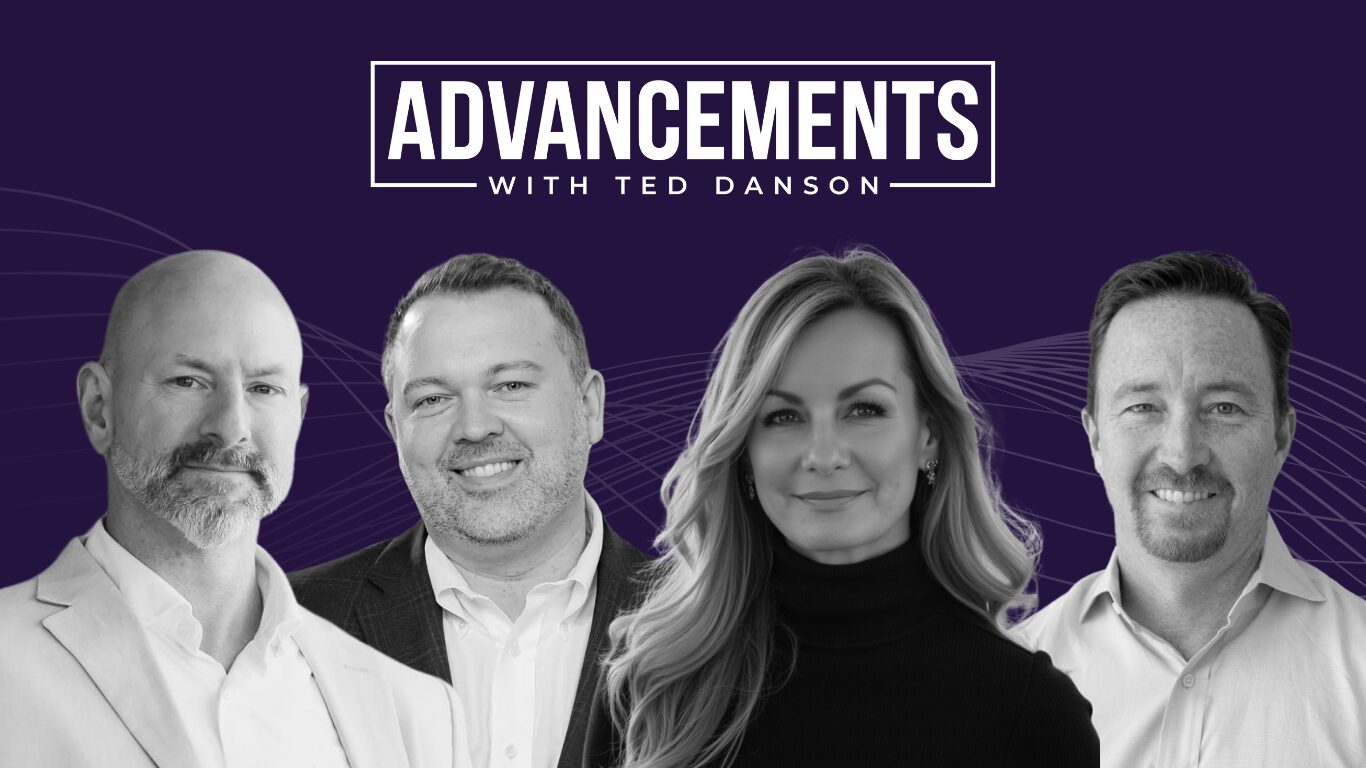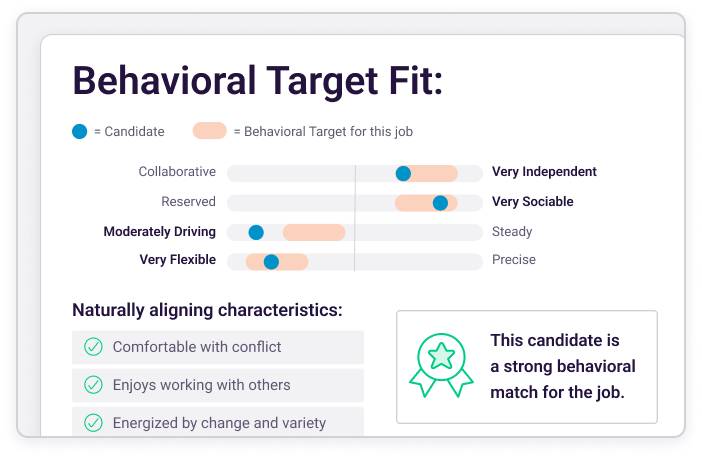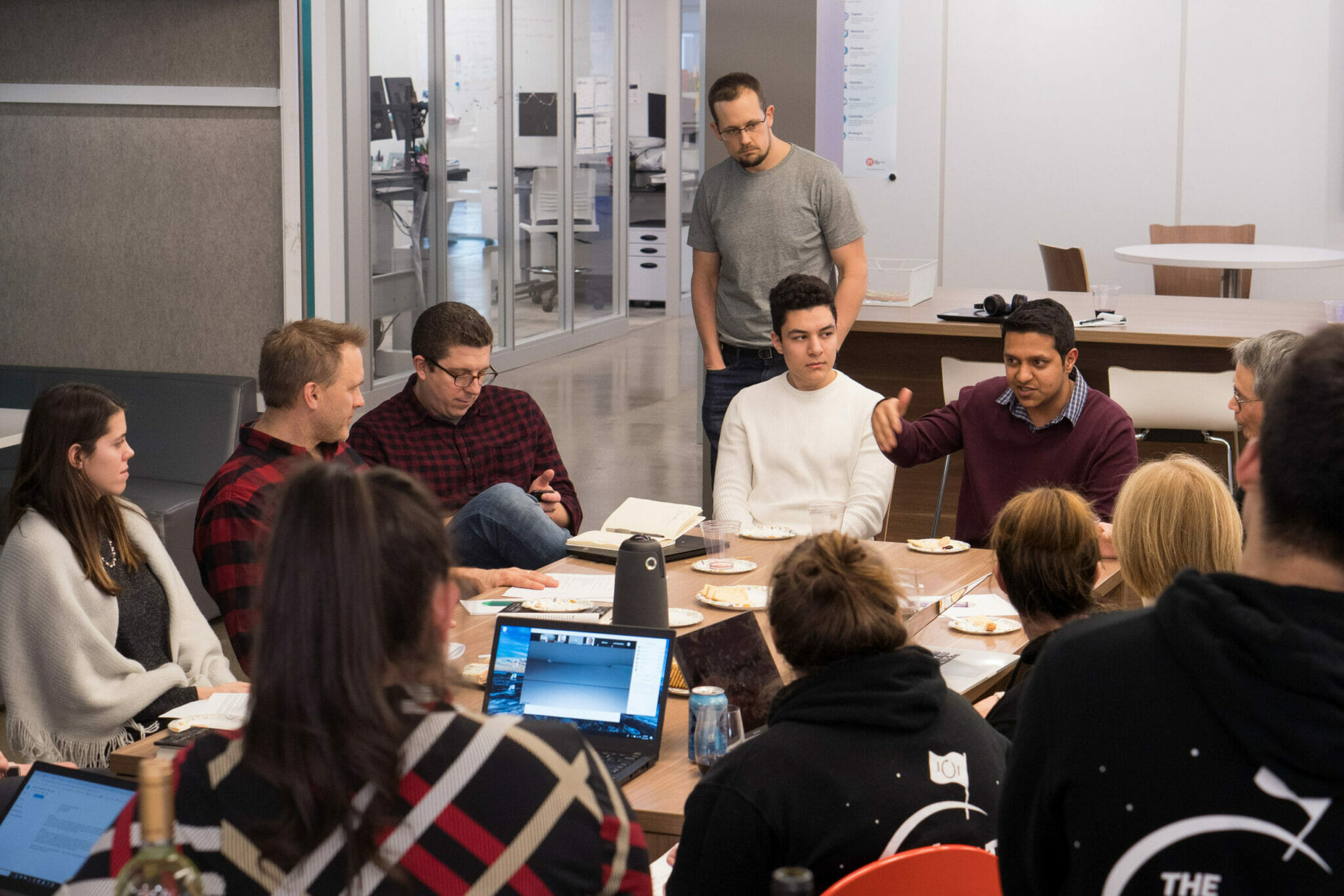Whether you love ‘em or hate ‘em, there’s no denying that the New England Patriots are one of the most successful teams in history.
What’s their big secret? What makes their group click? How do they continuously succeed when everyone wants to take them down?
Strong leadership
Since Bill Belichick took over as head coach in the year 2000, he has led the Pats to 7 Super Bowls and broken all kinds of records in the process. He makes effective decisions, recognizes and corrects errors, doesn’t try to be everyone’s friend, and has a clear vision for the team. Effective leaders in any organization know they need to make tough calls daily, but they also know the importance of being respected rather than liked. While many people may not respect Belichick for his questionable tactics, his players do. And when it comes to building strong teams, that’s what really matters.
A diverse team
Strong teams are made up of unique people with different motivations and strengths. Tom Brady wouldn’t be nearly effective as a tight end and Gronk wouldn’t be as successful as a kicker. Each position requires different criteria: speed, strength, agility, etc. and no matter how good an athlete someone may be, NO ONE is good at everything. Belichick has gotten to know his players’ strengths, weaknesses and motivating factors over the years and he has shifted players around to maximize their performance. As a leader it’s important to know what your employees are good at, what motivates them, who they work best with and what their weaknesses are. Without knowing these factors, even the strongest of teams can become weak ones overnight by adding or losing the wrong person.
Clear communication
For teams to be effective it’s important that everyone know their role – what’s expected of them and what they can expect from their teammates. Strong teams run like well-oiled machines with everyone doing their part, having each others’ backs and building a culture of openness. Imagine the scenario of players not clearly communicating and not knowing what to expect of each other. Each individual would act for themselves, act on what they think is best, and leave gaping holes in the team’s strategy. Since Coach Bill came on board however, the Patriots have not had to endure this scenario.
A common goal
While teams are made up of individuals with different opinions and responsibilities, successful teams always have a common goal that they work toward. People who work in silos, who just care about getting their part done are not part of an effective team. The Pats care about one thing – winning – and week to week they set out to trounce the competition. In any organization there are always standout stars, but everyone on a team needs to feel valued and part of something bigger than their own role.
What happens when you build a team that works well together? They succeed. And they have fun.
After all, winning is a lot more fun than losing, right?








